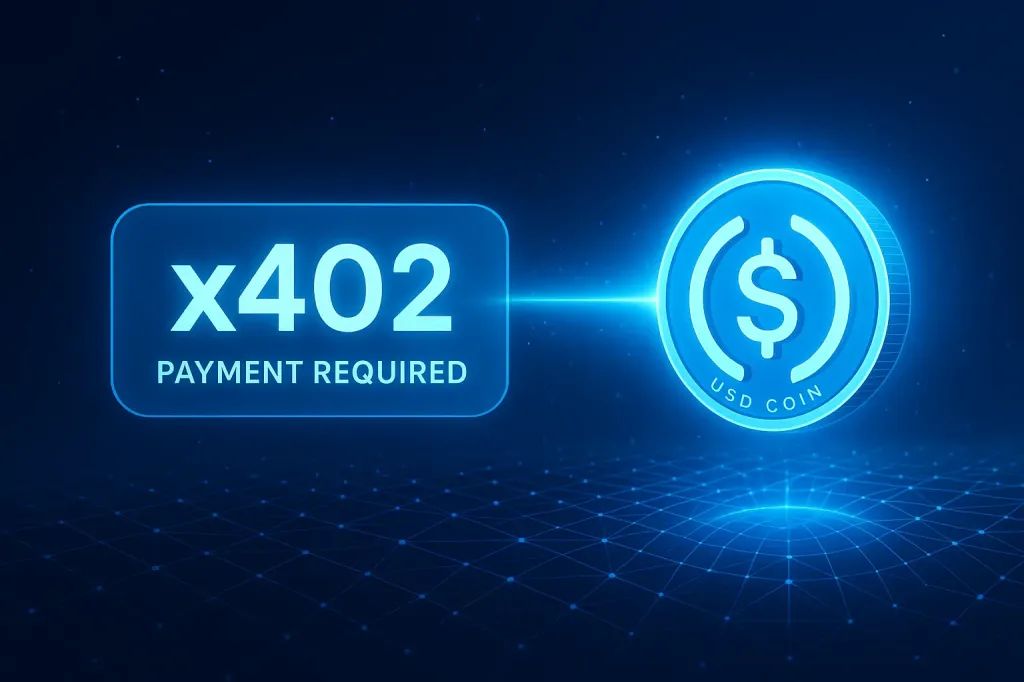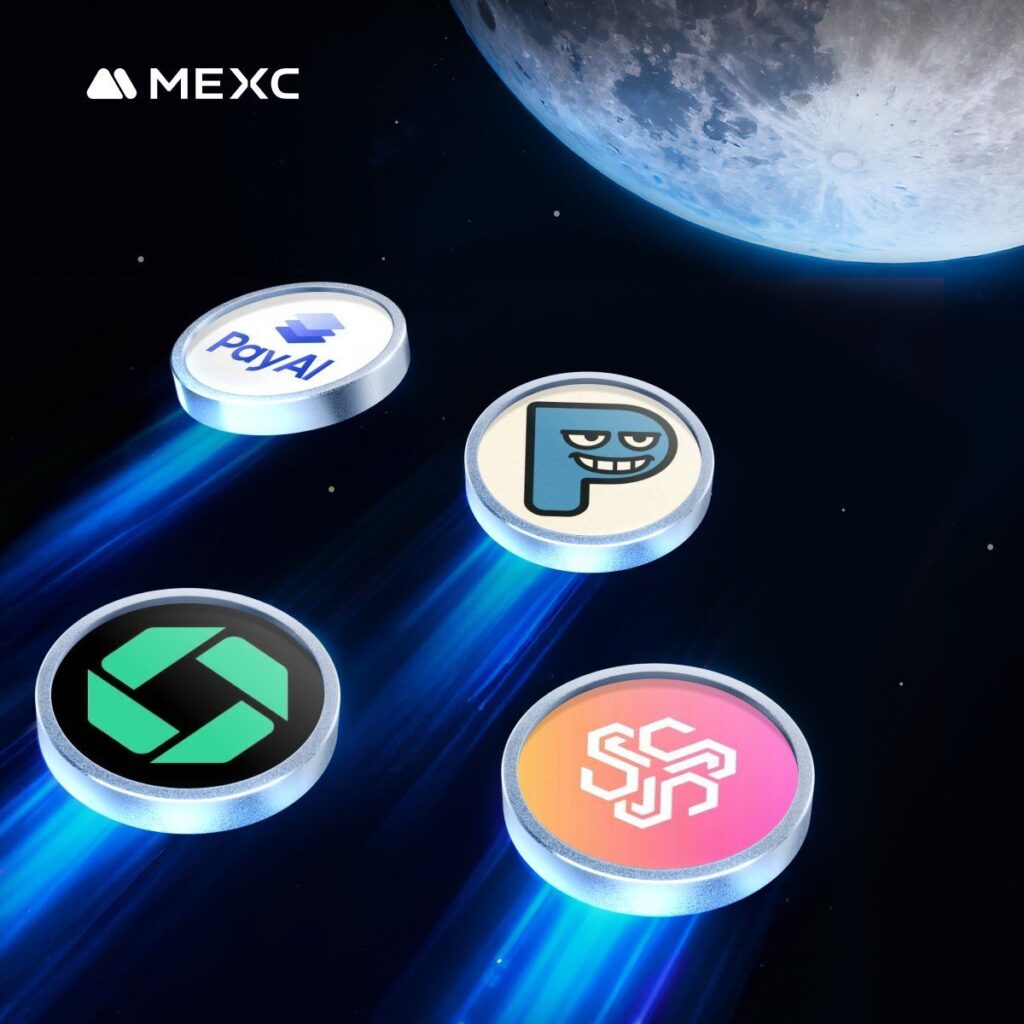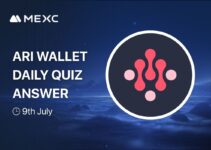Recently, the crypto market has seen a new trend called x402 gaining significant attention from the community. This protocol is expected to reshape the way we think about online payments, especially in the AI era.
So, what exactly is x402, and why is it generating so much buzz?

1.Development context
Traditional payment systems such as credit cards and bank transfers often involve complex processes like registration, KYC verification, and high fees. They are slow, expensive, and limited by geography and manual procedures. This restricts digital interactions, especially machine-to-machine or AI-to-API communications.
Meanwhile, on-chain solutions like USDC or ETH lack seamless web2 integration, making micropayments cumbersome. In this context, x402 emerged as a solution: enabling lightweight, low-cost, near-instant payments directly on web or blockchain platforms, supporting micro-payments and autonomous AI agent operations.
This trend is driven not only by crypto but also by the demand for “web-native payments,” where services, AI, and humans can pay quickly, flexibly, and without relying on traditional intermediaries.
2.Overview of x402
2.1 What is x402?
x402 is an open protocol for native web payments, built around the HTTP status code 402 “Payment Required.” Defined in the HTTP/1.1 standard but rarely used, 402 is now reactivated to indicate payment requirements in digital transactions.
In simple terms, x402 allows users (or AI agents) to pay directly via API without registering accounts, sending verification emails, using OAuth, or complex signatures. Transactions occur on-chain with tokens like USDC, ETH, or any stablecoin, ensuring transparency and immediacy.
The core concept of x402 is “web-native payments”—making payments a natural part of the web, just like how HTTP handles data. The protocol is blockchain-agnostic, meaning it can operate on any chain supporting smart contracts, from Ethereum, Base, and Solana to BNB.
For example, a developer can integrate x402 into their server with a single line of middleware code. If the client lacks payment, the server returns a 402 code, prompting the client to pay and retry. This is particularly useful for micropayments, where traditional services like Stripe can add extra costs.
2.2 How It Works?
x402 operates on HTTP principles combined with blockchain to ensure safe, fast access and payments. The basic flow is as follows:
- Resource Request: When a client (user or AI agent) sends an API request, the server checks the HTTP header. If the endpoint requires payment (e.g., accessing AI data), the server returns a 402 code with on-chain payment details, including the recipient wallet and token amount.
- On-Chain Payment: The client uses a wallet (MetaMask, Bitget Wallet, etc.) to send tokens directly to the specified address. x402 supports ERC-20/721 tokens with instant settlement on layer-2. No intermediaries, zero fees for both merchants and customers.
- Confirmation and Access Granting: Once the transaction is confirmed on-chain via an oracle or relayer, the server updates the status and grants access. The entire process runs through HTTP headers without major codebase changes.
x402 stands out for being blockchain-agnostic, open-standard, compatible with any chain, and reducing lock-in risks.
For instance, on the Base chain, an AI agent can pay 0.01 USDC for a Google Cloud API query, with Cloudflare acting as a cross-chain facilitator if needed. The open-standard security model limits dependency on centralized providers and supports multisig for large transactions.
On testnets, developers can mint tokens via a URL, as seen with $PING—users only need to send a web request to receive on-chain tokens instantly. This creates an “HTTP-native fair launch,” making minting as intuitive as loading a webpage and driving fast adoption.
2.3 Why x402 Was Created?
x402 was developed to enable frictionless micropayments in the crypto ecosystem, especially as AI agents proliferate. Previously, developers had to rely on centralized gateways like Stripe or PayPal, which charge high fees (2–5%), require KYC, and have payment delays—making transactions under $1 impractical. Many AI or content platforms had to use subscriptions or ads, which are inefficient for autonomous agents.
Proposed by Coinbase Developer Platform in May 2025 as part of the ICM initiative, x402 repurposes HTTP 402 as a neutral, blockchain-agnostic standard for instant on-chain payments. The founding team includes engineers from Coinbase and the open-source community, aiming to democratize micropayments in DeAI, where over 70% of AI agents fail due to inability to handle payments or wire transfers (Messari).
x402 is ideal for developers building AI agents, DeAI platforms, content platforms, and cloud services—anyone wanting to monetize APIs without creating their own payment infrastructure. An agent can pay USDC on-chain for AWS compute resources, or a memecoin launcher can mint tokens directly via web requests. For crypto investors, x402 introduces an AI + on-chain payments narrative, lower risk than pure memecoins due to real utility, and supports an agentic economy where machines transact, interact, and generate revenue on blockchain.
3.Why x402 Is Exploding Now?
x402’s boom is fueled by credible infrastructure and strong trust: Coinbase leads by launching Payments MCP (Machine Commerce Protocol) integrated with x402, enabling AI like Claude, Gemini, and ChatGPT to transact on-chain directly. Google adopted x402 for Agent Payments Protocol (AP2), expanding micropayments for AI agents and IoT without API keys, KYC, or accounts.
Hype is reinforced by VC and KOL support: a16z mentioned x402 in a recent report, while Cloudflare, peaq, and Virtuals Protocol are building ecosystems around the standard. The token ecosystem is also exploding: CoinGecko created an “x402 Ecosystem” category with dozens of small tokens consistently surging tens to hundreds of times, while exchanges like MEXC list new x402-related tokens, driving strong FOMO in the crypto community.

Combining credible infrastructure, convenient micropayments, and an appealing token narrative, x402 has become a viral crypto trend, opening new investment opportunities in DeAI.
4.Potential x402 Projects
Here’s a list of prominent x402-related projects/tokens, focusing on those with strong growth:
- $PING (Base): The first token minted natively via x402, acting as a catalyst for the x402 narrative. It allows developers and agents to mint directly via HTTP requests, integrating AI payments, simplifying token creation and automated transactions. $PING serves as foundational infrastructure for new agents entering the x402 ecosystem.
- $VIRTUAL (Base): A launchpad for AI agents, powered by x402. This token enables minting and deploying agents with HTTP-native payments, forming the backbone of the agent economy. $VIRTUAL supports developers and project owners to quickly launch and operate AI agents without building complex payment infrastructure.
- $HEU (Base): A platform token specializing in agent payment orchestration on x402. It supports real-time pricing for agents and provides frameworks for automated payment flows, cross-agent settlements, and complex economic orchestration. $HEU standardizes how agents interact economically, optimizing performance and scalability across the x402 ecosystem.
- $CLANKER (Base): A platform token that supports orchestration and automation for AI agents on x402. It provides tools to manage complex workflows, including agent-to-agent interactions, automated payment settlements, and real-time event triggers. $CLANKER standardizes agent interactions, optimizes performance, reduces transaction latency, and enables diverse AI-native applications—from content monetization to multi-agent orchestration.
- $PAYAI (Base): A platform for AI-driven payments, integrating x402 to optimize API monetization. It enables agents to perform on-chain USDC payments while connecting to multiple payment partners. The token serves as the backbone for AI-native payment apps, letting developers leverage x402 for secure, fast monetization and payment solutions.
- $BNKR (Base): Bankr’s platform token, integrated with x402 to support on-demand payments in AI applications. $BNKR enables USDC conversion directly within the Bankr SDK without managing API keys, allowing agents and developers to deploy automated payment workflows efficiently. It also provides infrastructure for agent-to-agent interactions and multi-agent orchestration, standardizing economic flows within the x402 ecosystem.

5.Conclusion
x402 is more than just a trend—it signals the beginning of a new cycle where the Internet pays the Internet. Data, AI, and APIs can now transact autonomously on-chain, making micropayments a native part of the web. Tokens associated with x402 are only the tip of the iceberg, representing early experimentation rather than the full potential of this emerging ecosystem.
Disclaimer: This content does not constitute investment, tax, legal, financial, or accounting advice. MEXC provides this information for educational purposes only. Always DYOR, understand the risks, and invest responsibly
Join MEXC and Get up to $10,000 Bonus!



